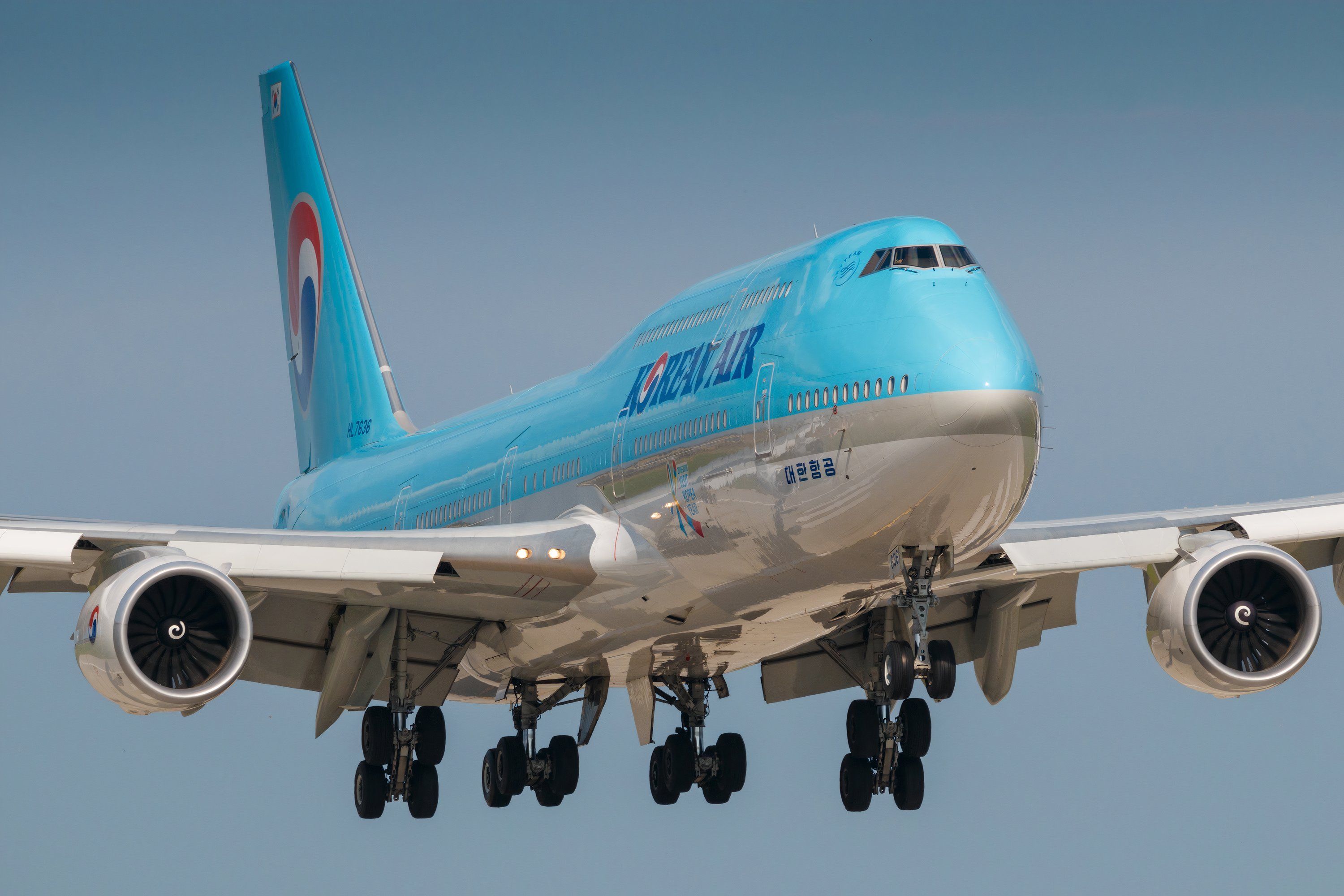Summary Tokyo Haneda is the number one airport for widebody services, heavily influenced by the domestic market. Dubai is the top airport for international flights due to no domestic market and Emirates' scale. No North American airport made the cut in August 2024.
Widebody aircraft operate one in 12 flights. Naturally, they are mainly on longer services, with the average stage length being 2,590 nautical miles (4,797 km). However, they also play an important role domestically and regionally, especially in East Asia and the Middle East.

The Boeing 777-300ER has the most flights , followed by the Airbus A330-300 – which SWISS will temporarily fly from Zurich to Malaga – and the 787-9. Top 10 widebody airports As the table shows, Tokyo Haneda is the number one airport globally for widebody services. On a typical August day, there are 354 twin-aisle take-offs (double for total movements), with nearly half by All Nippon .
As this is an average, half of the days have more services, and half have fewer. Over one in two of Haneda's departures are on twin-aisle equipment. Haneda's prominence is primarily because 62% of widebody flights are domestic.
Perhaps the most notable aircraft is All Nippon's 514-seat so-called 'domestic' non-Extended Range 777-300ERs (shown above). All 10 airports are in Asia, Europe, and the Middle East. The first North American entry is New York JFK, which is 11th.
The first Australasian airport to feature is Sydney, which is 28th. The first African airport is Cairo, in 42nd place, while South America's first appearance is São Paulo Guarulhos, which is 44th. The data from Cirium is based on August and may vary in other months.
Notice Beijing Capital. It ranked second globally before the pandemic, with its lower position reflecting its recovery but, more importantly, the opening of Beijing Daxing, which split the city's flights on an airport basis. BA will end Beijing flights soon.
Airport Average daily widebody take-offs* % flights on widebodies Widebodies: % international Top airline** (% of widebody flights) Tokyo Haneda 354 54% 38% All Nippon (48%) Dubai Intl. 288 48% 100% Emirates (79%) London Heathrow 264 39% 100% British Airways (31%); airport regained Boeing 747 passenger flights Doha 234 65% 100% Qatar Airways (91%) Singapore 227 48% 100% Singapore Airlines (51%); will see Etihad's A380s next year Beijing Capital 214 35% 34% Air China (56%) Seoul Incheon 199 39% 100% Korean Air (38%) Istanbul Airport 192 27% 95% Turkish Airlines (77%), including 492-seat 777-300ERs Hong Kong 183 46% 100% Cathay Pacific (62% Paris CDG 178 29% 100% Air France (50%) * In August ** No surprises, but it is good to see the dominance These are the largest carriers and the airlines that have expanded the most. What about JFK? The USA's primary international gateway has had a hit-and-miss relationship with the top 10 widebody airports list.
For example, schedule analysis shows that JFK ranked 10th globally in August 2023, mainly because of the slower recovery of airports in Asia. In 2024, Hong Kong's recovery and the Asian airport's reentry into the top 10 pushed JFK out. Before the pandemic, in August 2019, JFK was 15th.
This was when Bangkok Suvarnabhumi, Tokyo Narita, Shanghai Pudong, and Taipei Taoyuan were all above it. As these airports return to speed, JFK will fall slightly again..



















